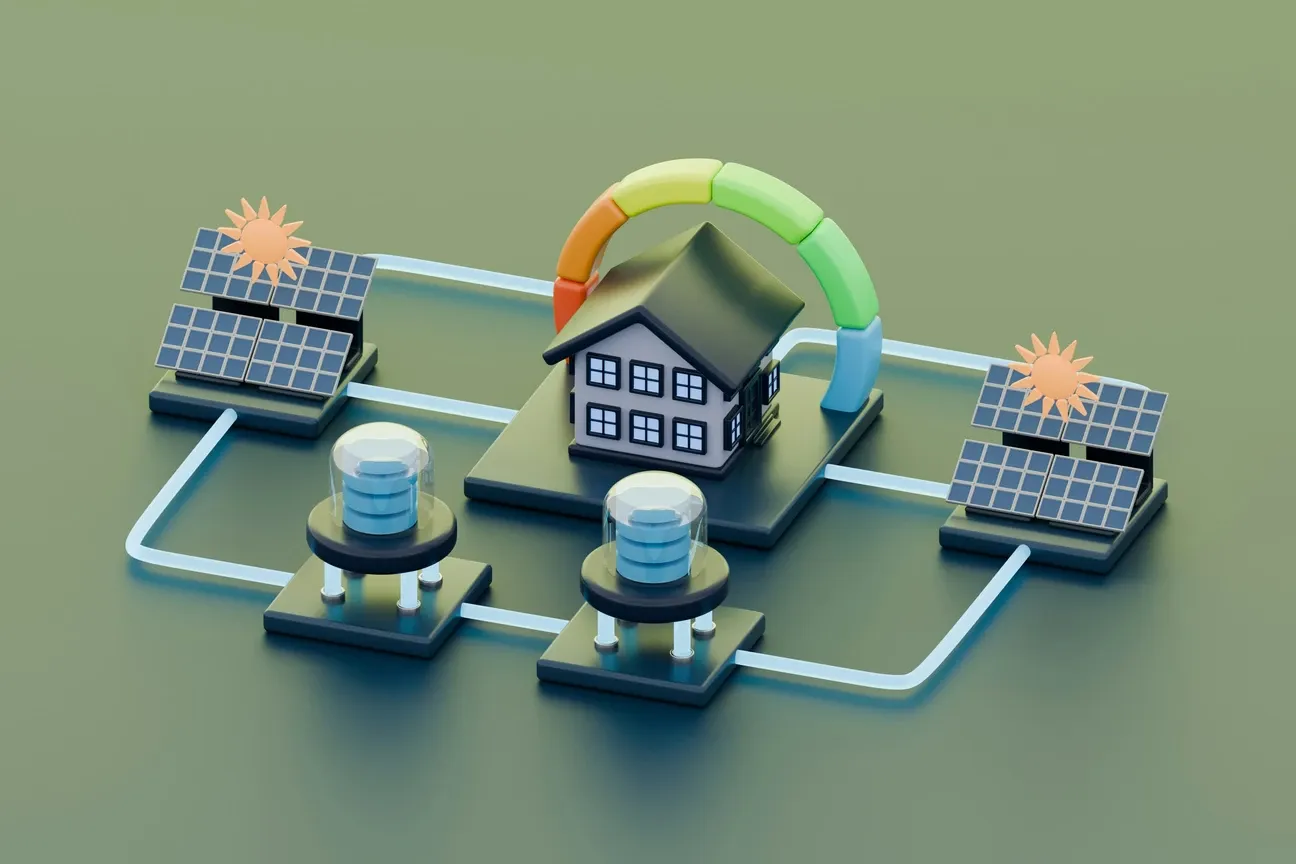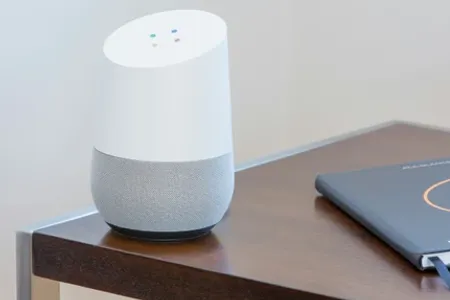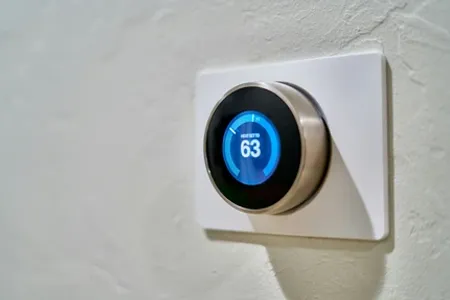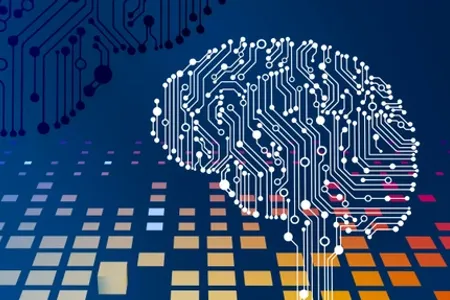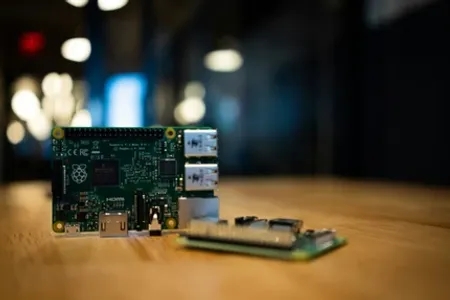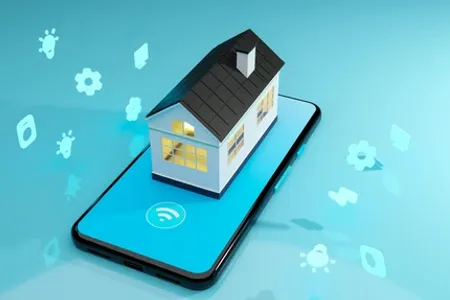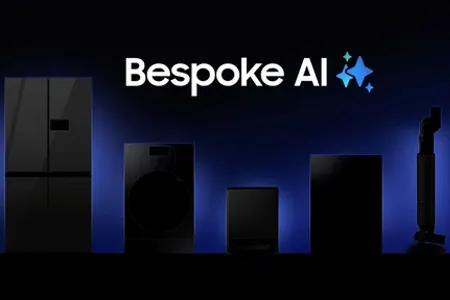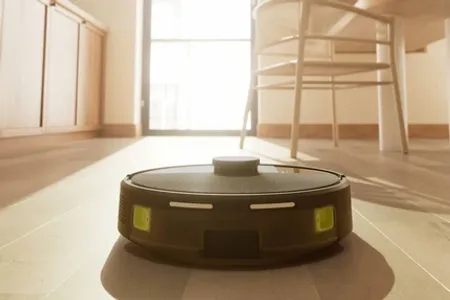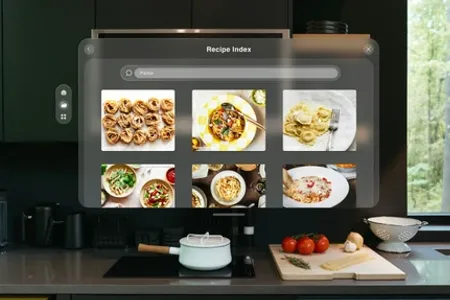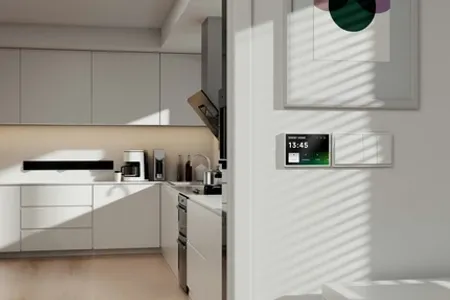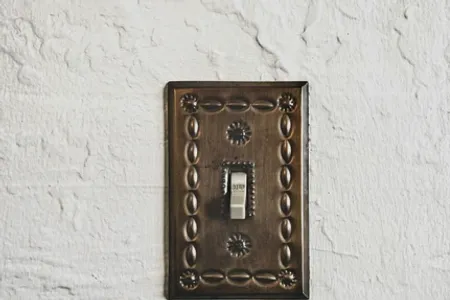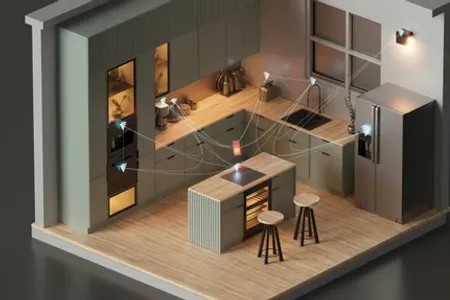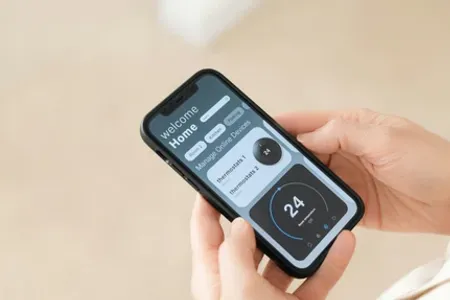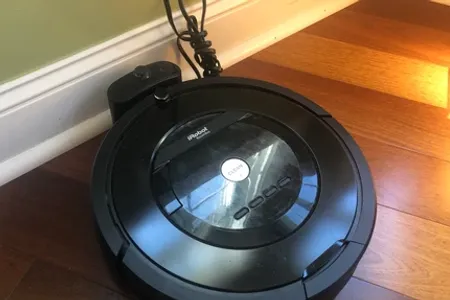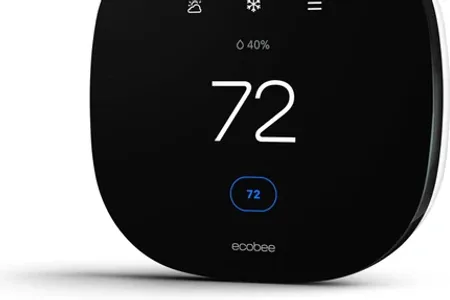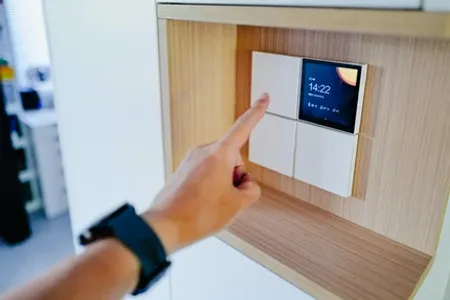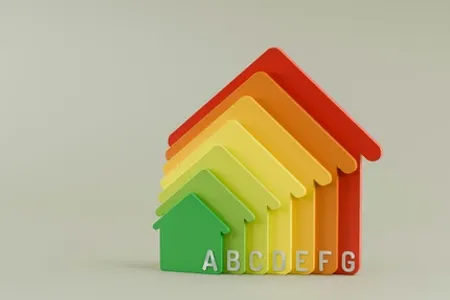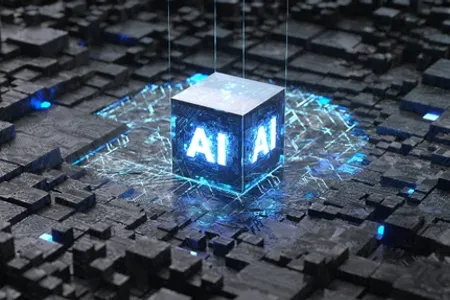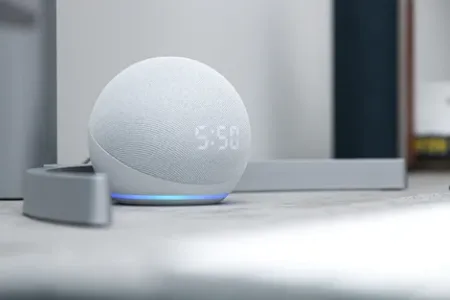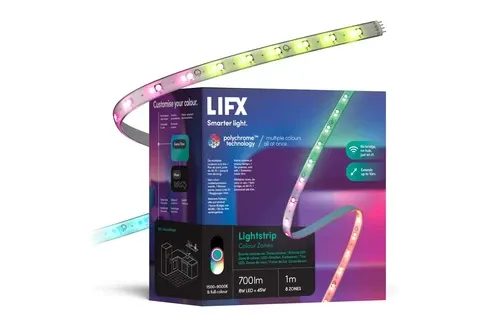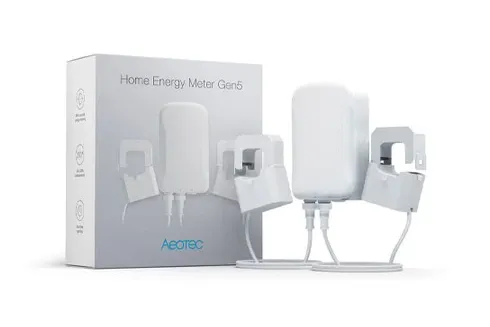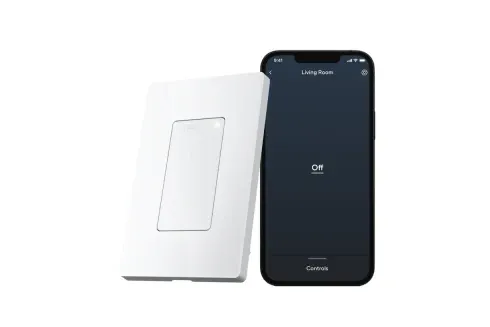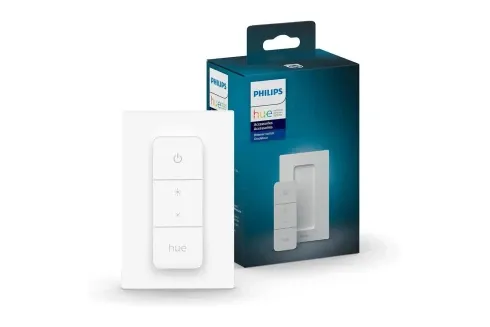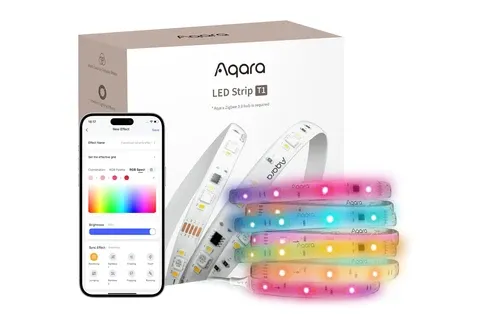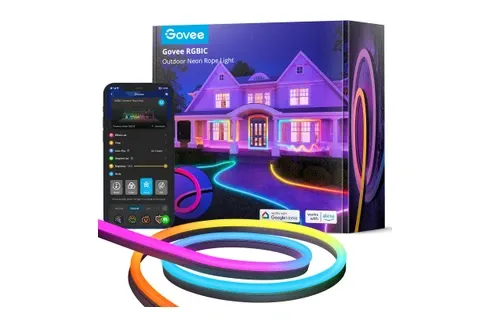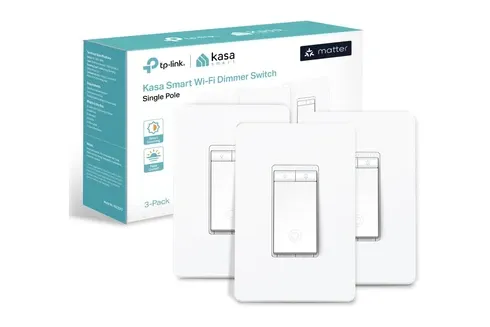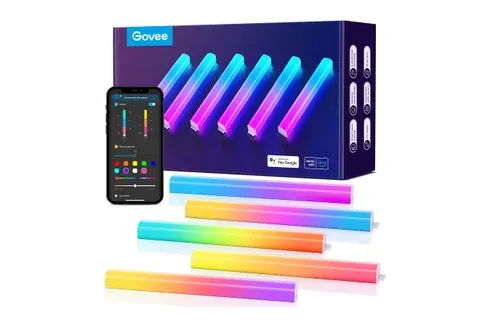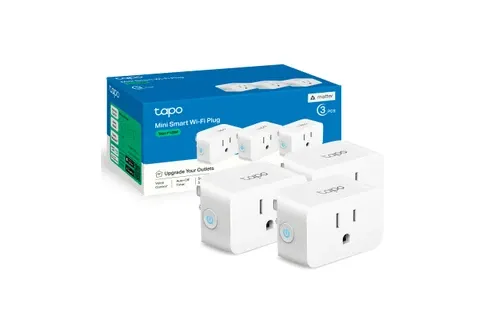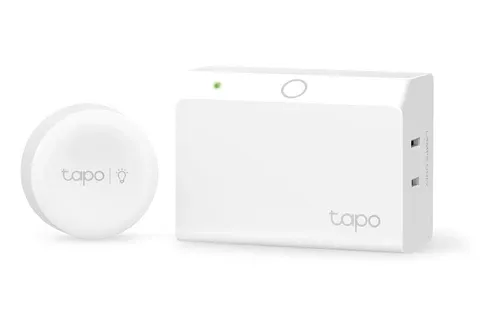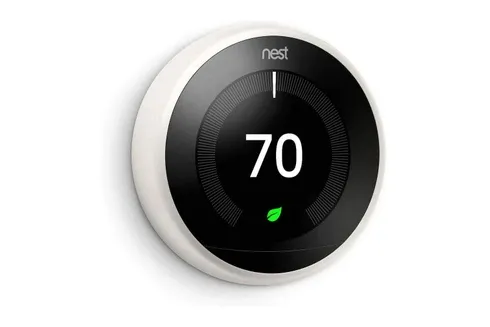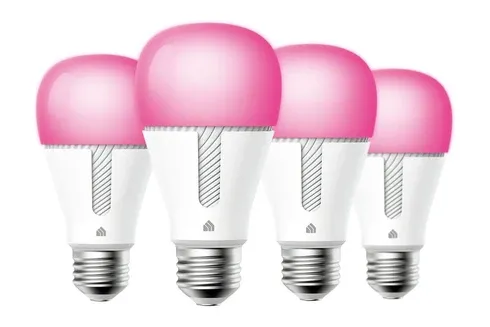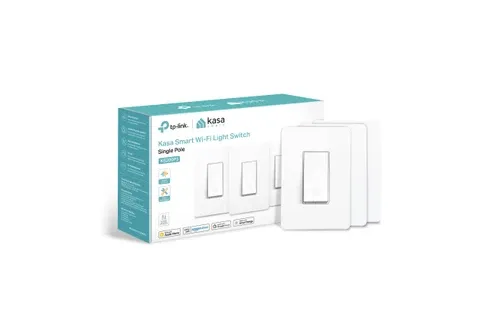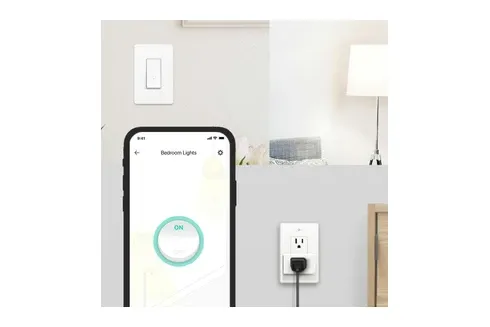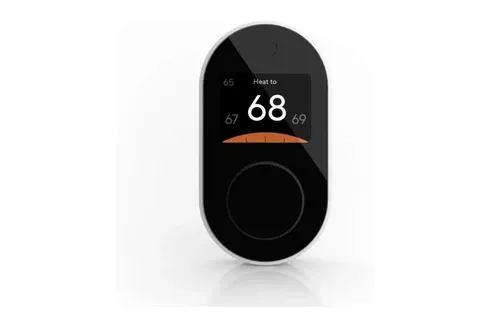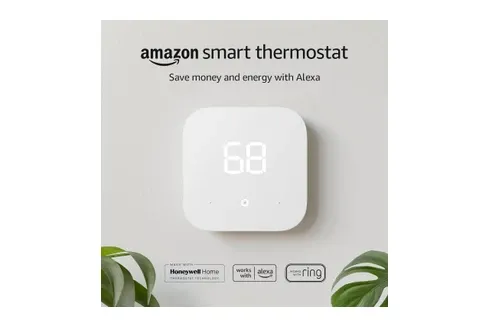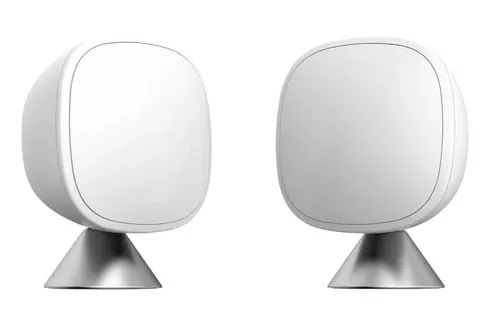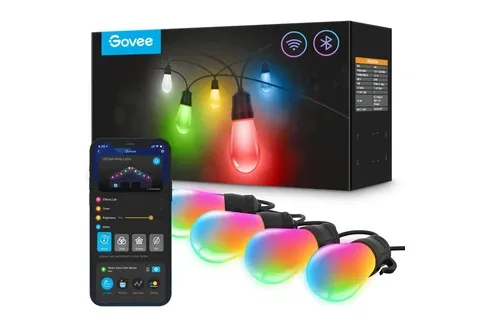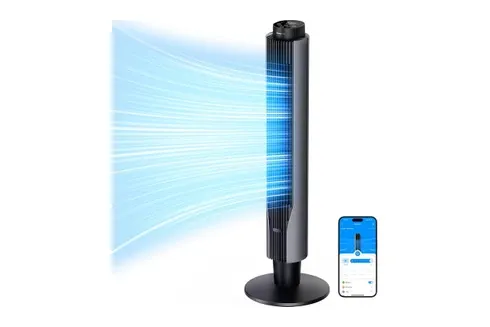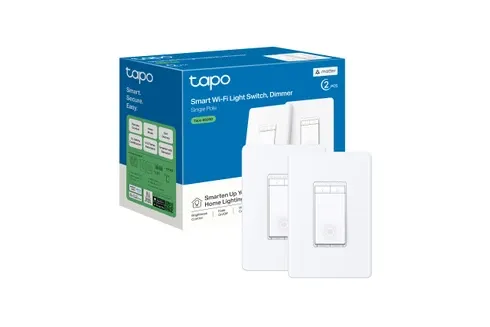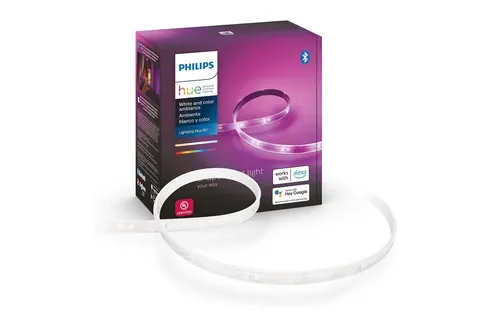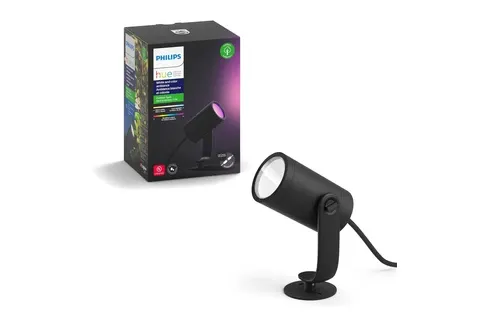Incorporating energy efficiency into your smart home is not only beneficial for the environment but also helps in cutting down utility costs. With the rise of smart home technology, it's now easier than ever to monitor and control energy consumption in real-time, optimizing how and when devices operate. By integrating smart devices designed with energy efficiency in mind, homeowners can take an active role in reducing their carbon footprint while enjoying the comfort of automation.
A Complete Guide to Energy Efficiency in Smart Homes
To fully leverage the benefits of smart technology, it's crucial to have a complete guide on how to implement energy efficiency strategies within your home. Whether you are just starting or looking to upgrade your current setup, this guide will help you identify key devices, tips, and systems that can improve your home's energy efficiency.
Why Energy Efficiency Matters in Smart Homes
Smart homes are not just about convenience—they are also about sustainability. By choosing energy-efficient technologies, you can create a green home that saves both energy and money. From smart thermostats to automated lighting systems, the right technologies can significantly improve your home’s efficiency.
1. Smart Thermostats: Optimize Heating and Cooling
One of the best ways to enhance your smart home’s energy efficiency is by installing a smart thermostat. Devices like the Nest Thermostat or Ecobee learn your habits, adjusting the temperature when you're home or away. These thermostats can reduce heating and cooling costs by automating temperature adjustments, based on your schedule and preferences.
Additional Features: Smart thermostats often integrate with other smart home devices, such as window sensors, to ensure optimal energy use. For instance, they can turn off heating or cooling when a window is left open, preventing energy waste. Many models also include geofencing features, adjusting the temperature when you leave or approach home, further optimizing energy use.
2. Smart Lighting Systems
Lighting accounts for a significant portion of your home’s energy use, but smart lighting solutions offer an effective way to minimize waste. Systems like Philips Hue and LIFX allow you to control lights remotely or set them to turn off when not in use, helping to reduce unnecessary energy consumption. These systems can be connected to motion sensors, ensuring lights are only on when they’re needed.
Smart Dimmers and Sensors: Beyond basic smart lighting, consider smart dimmers, which allow you to fine-tune light intensity based on natural light conditions. Smart sensors can be placed in hallways or closets, automatically turning lights on when someone enters and off when they leave. These features save energy and reduce wear on lightbulbs, extending their lifespan.
3. Energy-Efficient Appliances
Modern smart appliances are designed with energy efficiency in mind. From smart refrigerators to washing machines, these devices use less energy by adapting to your usage patterns. Some even provide real-time energy reports, so you can see where improvements can be made. Choosing appliances with Energy Star certification ensures you are using products that meet high standards for energy efficiency.
Smart Dishwashers and Ovens: Smart dishwashers can optimize water and energy use based on the size of the load, while smart ovens can preheat at optimal times to reduce energy waste. Smart refrigerators, too, can regulate temperature settings based on contents and usage frequency, keeping food fresher while using less energy.
Key Energy Efficiency Features for Smart Homes
When aiming for a more energy-efficient home, consider the following features:
- Automated energy monitoring: Smart meters and apps allow you to track energy consumption in real-time.
- Remote control: The ability to control your devices from anywhere, reducing unnecessary energy use.
- Scheduling: Setting up devices to run during off-peak hours when energy costs are lower.
- Eco-friendly appliances: Look for Energy Star-rated devices that are designed to use less power.
- Smart sensors: These detect when rooms are empty and adjust lighting, heating, and cooling accordingly.
4. Solar Panels and Battery Storage
For homeowners looking to take their energy efficiency to the next level, solar panels and home battery systems offer the perfect solution. Solar panels convert sunlight into electricity, reducing reliance on the grid. Paired with battery storage, you can store excess energy generated during the day and use it at night, maximizing your home’s efficiency.
Integration with Smart Systems: Many smart home systems now integrate with solar panels and battery storage. This means that smart thermostats, appliances, and lighting can be powered by stored solar energy, further reducing grid dependence. Some systems also allow you to sell excess energy back to the grid, creating an additional economic benefit.
5. Smart Power Strips and Outlets
Another easy yet effective upgrade is using smart power strips or smart outlets. These can be programmed to shut off completely when devices are not in use, preventing "phantom loads" or energy drain that occurs when devices are plugged in but not actively in use. This is especially helpful for entertainment systems, computers, and kitchen appliances.
Automation for Efficiency: Many smart power strips can be controlled by your phone or smart hub, allowing you to automate their schedules. For instance, you can set your entertainment center to power down entirely at night or when you're not home, cutting down on wasted energy.
6. Water Heating Efficiency with Smart Water Heaters
Water heating is one of the largest energy expenses in most households. Smart water heaters allow you to monitor water use and set heating schedules to ensure energy isn’t wasted. Some smart water heaters can even learn your family's habits, only heating water when it’s needed most. This can result in significant energy savings, especially for larger families.
Solar Water Heaters: For those looking to make a larger impact, solar-powered water heaters can be an excellent addition to a smart home. These systems use the sun’s energy to heat your water, drastically reducing reliance on traditional electric or gas water heaters.
The Future of Energy Efficiency in Smart Homes
The future of smart homes will bring even greater energy efficiency innovations. Artificial Intelligence (AI) will play a bigger role in automating energy savings by predicting behavior patterns and adjusting devices accordingly. In the future, your smart home might anticipate when to turn off the lights, adjust the temperature, or even run your dishwasher based on your habits and local energy costs.
AI-Enhanced Energy Systems: AI can go beyond just responding to commands. As machine learning algorithms improve, they’ll be able to make energy-saving recommendations and autonomously adjust devices based on past usage, weather forecasts, and utility rates. This could lead to further reductions in energy use without any additional input from the homeowner.
7. Integration with Renewable Energy
As smart homes evolve, they will become increasingly integrated with renewable energy sources. Future homes may not only include solar panels but also wind turbines or geothermal energy systems, further reducing dependency on traditional power grids. Energy management systems will work in tandem with these renewable sources, optimizing energy use based on availability and demand.
Home Microgrids: In some advanced setups, homes might even become part of a larger microgrid, sharing energy with neighboring homes and communities. This could create a more sustainable energy ecosystem, where homes collectively reduce their carbon footprints.
8. Smart Windows and Insulation
New developments in smart window technology are also making homes more energy-efficient. Smart windows can adjust their tint based on the amount of sunlight, reducing the need for air conditioning during hot days or allowing more light to enter during colder months. Paired with improved insulation technologies, smart windows can keep homes comfortable year-round without over-reliance on HVAC systems.
Benefits of Energy Efficiency in Smart Homes
- Lower energy bills: Automated systems reduce unnecessary energy use, cutting costs.
- Reduced carbon footprint: More efficient energy use means less reliance on fossil fuels and a smaller environmental impact.
- Improved comfort: Smart devices create a more responsive, comfortable home environment that adjusts automatically to your needs.
- Greater control: Monitor and control energy use from anywhere with apps and voice assistants, putting more control in the homeowner’s hands.
Conclusion
Incorporating energy-efficient smart devices into your home is not just a trend, it’s a step towards a more sustainable future. From smart thermostats and lighting systems to solar panels and efficient appliances, these technologies allow you to save energy, reduce costs, and live more sustainably. Whether you're upgrading your entire home or just a few devices, energy efficiency is key to a smarter, greener future.
By following this complete guide, you can ensure that your smart home setup is optimized for maximum energy efficiency. Each step you take not only contributes to reducing energy waste but also enhances the overall sustainability of your home. This guide will serve as a valuable resource to help you make informed decisions for a more energy-efficient future.
